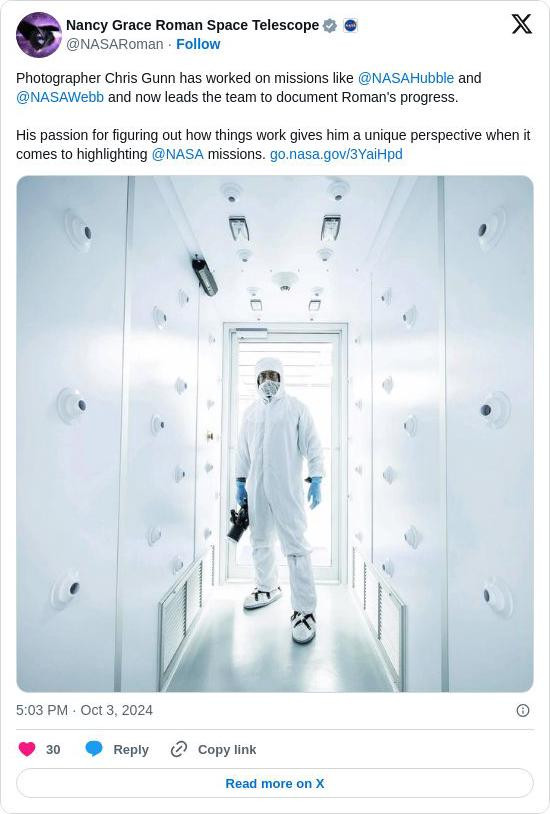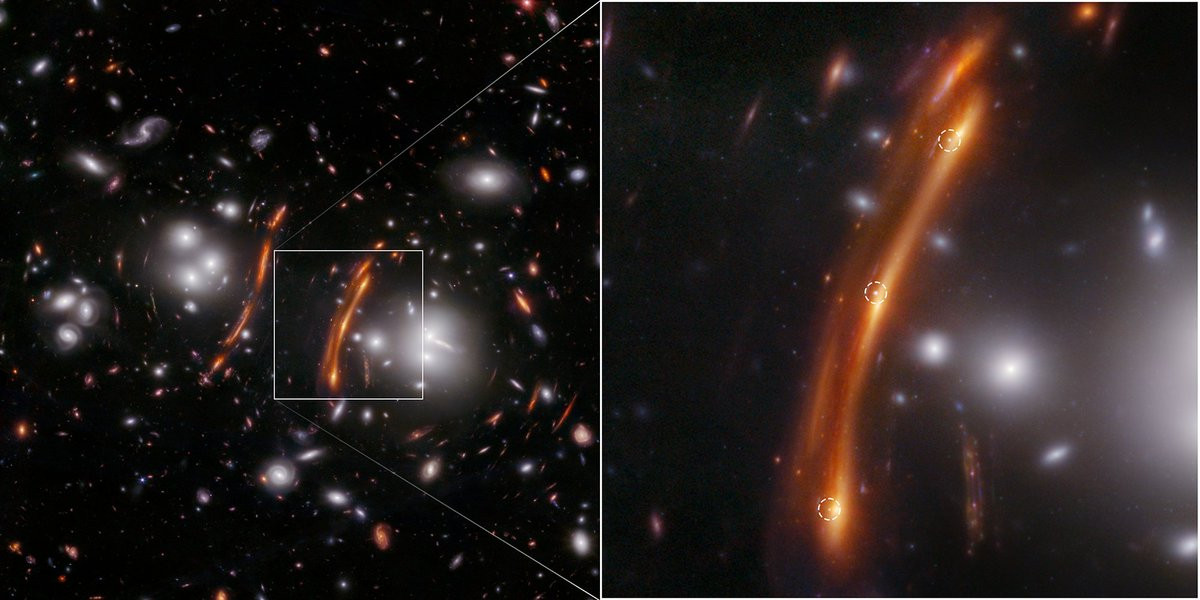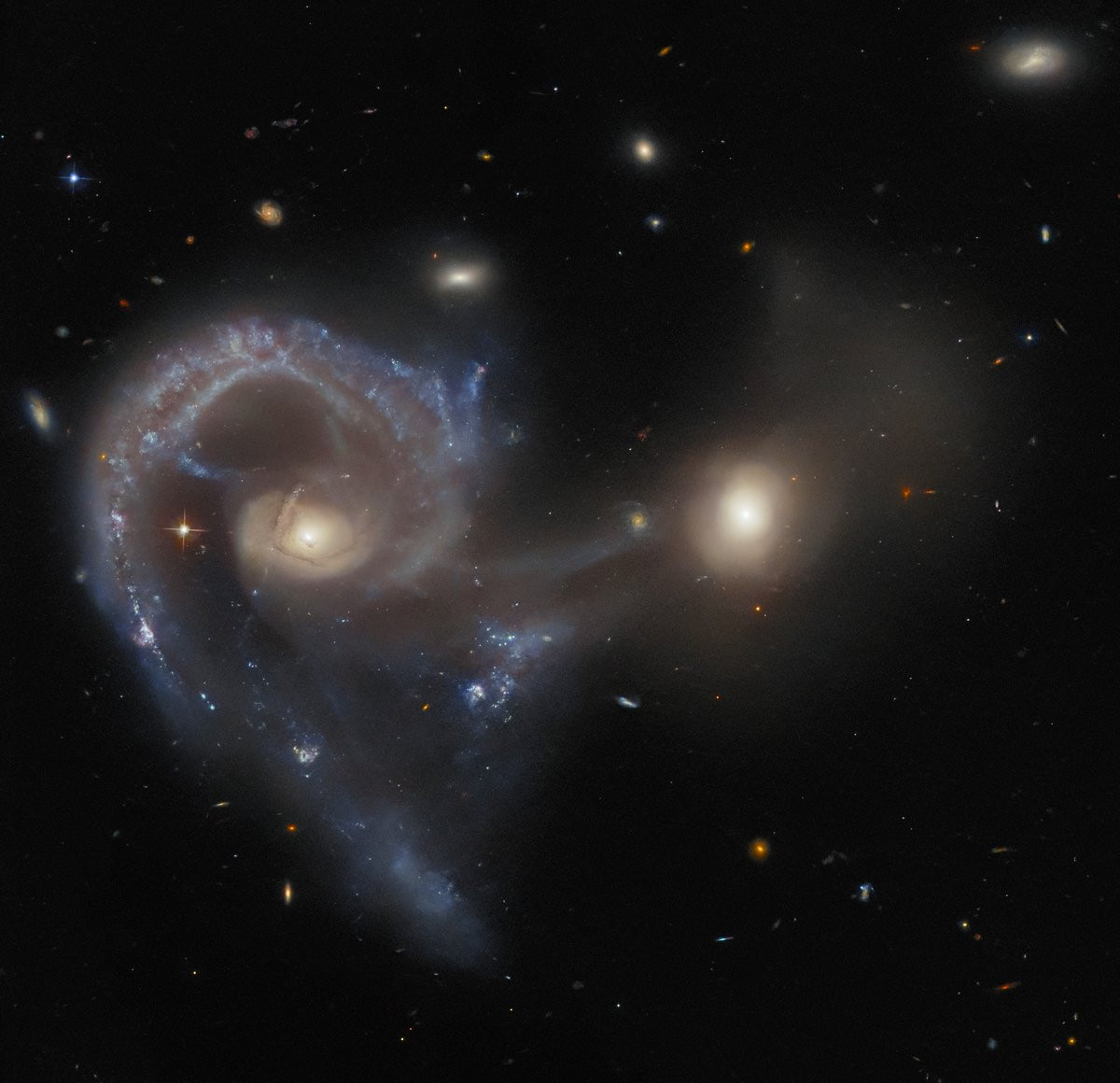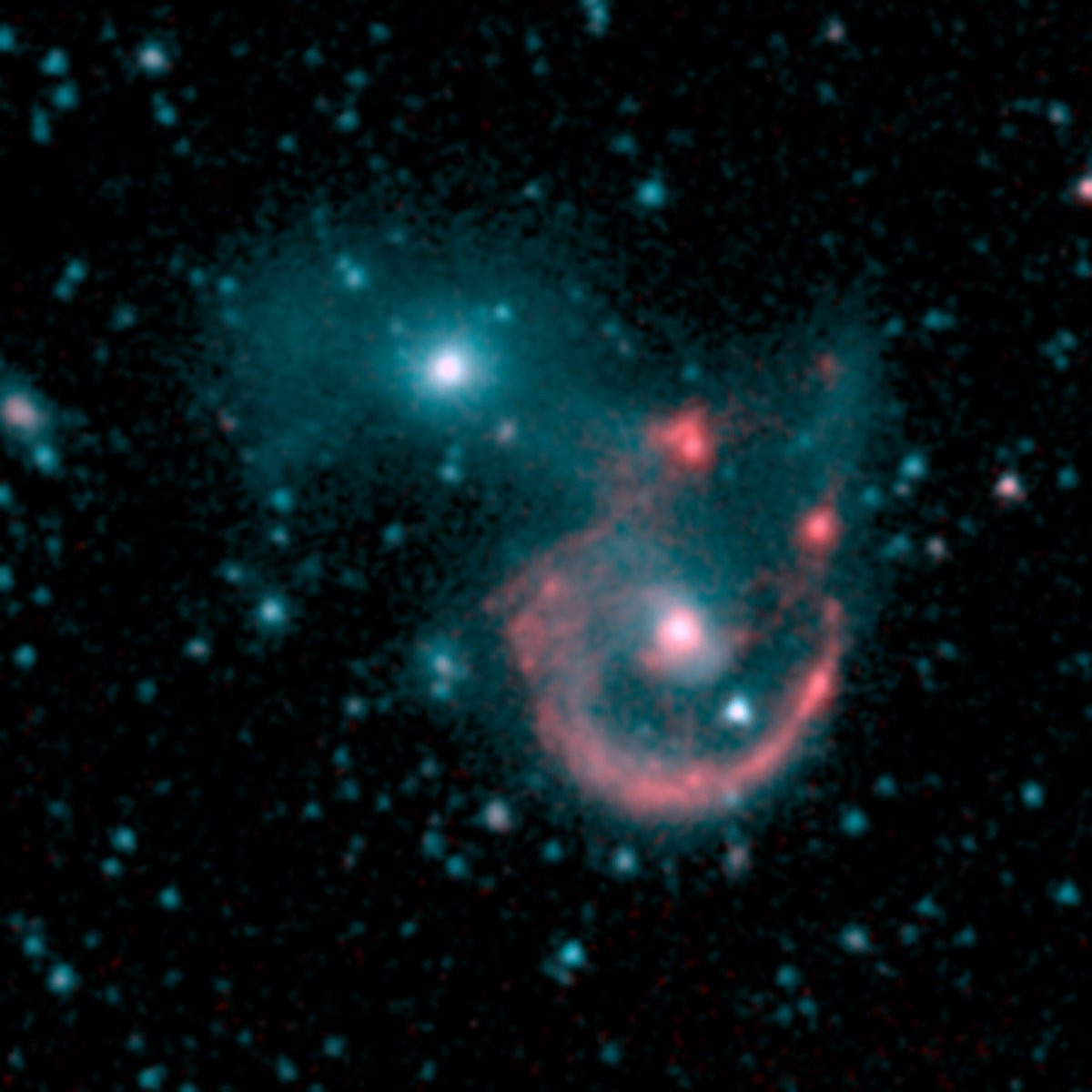
Webb took a look at Europa in 2023! https://t.co/VzLKL09CX9 (P.S. Our image is pixelated because Europa is very small (~90% the size of Earth’s Moon) compared to its huge distance of 390.4 million miles from us.)
Congrats to the whole @EuropaClipper team on a successful launch! We'll wave as you fly by on the way out to your planetary front row seat. We're so happy and not at all jealous 😜


Super star clusters are young and contain more than 10,000 times the mass of the Sun packed into a small volume. Westerlund 1 is the most massive of its kind yet identified in our galaxy, with 50,000-100,000 times the mass of the Sun in a region less than six light-years across.
Imagine a sky full of hundreds of stars as bright as the full moon… If our solar system were a part of this “super star” cluster, that is what we might experience. Here is Webb’s look at Westerlund 1, one of the closest clusters of its kind. https://t.co/LyphCSpnwhhttps://t.co/kGFdvo2MLV

Chris Gunn's photography on Webb was stellar! ✨ Check out some of our fav Chris Gunn photos of Webb's journey to space here: https://t.co/8h4g2ydjWE

Centaurs are objects in orbital flux: small and icy, pushed inward of Neptune by its gravity, not quite comets...yet. Webb mapped gases spewing from Centaur 29P in high detail, providing new insights into the formation and evolution of the solar system. https://t.co/iQovSOJLkphttps://t.co/96nOOlnp8

A New H0pe? Scientists are using Webb to measure the expansion of the universe, by pointing it at a gravitationally lensed supernova, SN H0pe. The light from this exploding star has been bent and magnified by a galaxy cluster between it and us. https://t.co/QGLdzBmeDYhttps://t.co/Nbd3OdhOmU

Also, within those 1000 days, we launched Webb, commissioned it, and saw it safely to its home at the second Lagrange point! 🚀
Today is Webb’s 1000th day in space! 🎉 Our #UnfoldTheUniverse "Lifer" checklist: A spacecraft impacting an asteroid Unexpected dust (supernova remnants and early galaxies) Exoplanets atmospheres Early black holes The farthest galaxy (so far!) What's your fav discovery?

Other observatories have captured this galaxy pair. Left: a visible-light beauty shot by @NASAHubble. Right: Infrared Spitzer showcases the difference in ages of the stars in these galaxies. Older stars are in blue (3.6 microns) and clumps of young stars in pink (8 microns).


